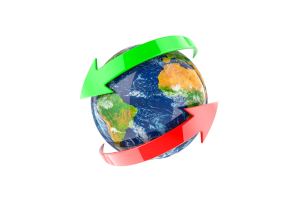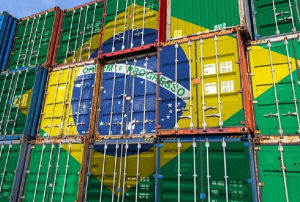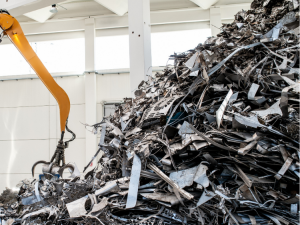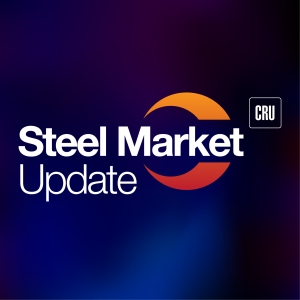Stephen Miller
Stephen Miller started his career in the scrap metal industry in 1978 at Luria Brothers in Cleveland. Over the last 40-plus years, he has worked in all capacities in the trading business. He has had positions in both domestic and international scrap trading. In addition to scrap, Miller was at the forefront of the pig iron trade and established a pig iron distribution company under the name of Ferrosource, Inc. Most recently, Miller has concentrated on the scrap export market and regularly does consulting for several companies in the industry.
Read more from Stephen Miller


















